Ear Community is honored to introduce you to Eisen Witcher, a local hero who lives along the East coast of Florida with his lovely wife, Jessica, and their adorable son, Izaak. Eisen was born with grade 3 Microtia and Atresia of his left ear. When he was only three years old, he began the journey of outer ear reconstruction which required multiple surgeries to create an ear for him. While his surgeries were successful, Eisen continued to struggle with hearing loss in his left ear. Eisen’s struggle with hearing loss made school difficult for him, even causing him to repeat the third grade. However, Eisen never let his hearing loss slow him down. In fact, Esien found himself working harder than everyone else and when he was told that he couldn’t do something, he would go out of his way to prove them wrong. Eisen graduated college with honors, became an EMT, and now works as an Ocean Rescue Chief Director in his local fire department. He truly is a local hero and has been in the news for rescuing children from shark attacks.
Five months ago, Eisen struck up a conversation with a little girl who was on the beach. To his surprise, this little girl had Microtia and Atresia, just like him, but she was wearing a hearing device. She let him try on her BAHS (bone anchored hearing system) and he was surprised at how well he could hear! Eisen was so amazed at how far technology had come, he decided to inquire with his insurance provider to see if they would cover such a device to allow him to hear better at work and at home with his family. Sadly, his insurance provider denied his claim for a bone conduction hearing device, which is a situation far too many families face. Eisen’s audiologist told him about the Ear Community Organization and encouraged him to apply for help with obtaining a bone anchored hearing device. When Eisen first sent his application to Ear Community for review, he made it a point to tell our board members that if any child needed a device, even if their application had come in after his, that he wanted the donation to go to a child first. This was very genuine of Eisen to help put others before himself. However, this time it was Eisen’s turn to receive some help from the community, through the Ear Community Organization.
Now, this is the part of our story that really becomes beautiful. Three years ago, on January 30th, 2016, Ear Community had the opportunity to donate a hearing device to a wonderful woman named Denise “Dee” Marie Inman. Dee developed bilateral hearing loss as result of chemotherapy and radiation treatments from nasopharyngeal cancer. Sadly, Dee had been denied insurance coverage for a bone conduction hearing device when she lost her hearing, but Ear Community was able to help her with an Oticon Medical Ponto Power sound processor. Dee gave back to the community whenever she could and helped others through many community organizations. Dee was an amazingly strong woman who was always willing to help others, even
when she wasn’t feeling well. In fact, Dee worked with friends helping to fix and rebuild houses through the community and was said to have been “the first one to show up” on the job one day after coming straight from one of her radiation treatments. Dee was so thankful for her hearing device that she helped advocate for many others with hearing loss, helping them understand the importance of being aided and how such a hearing device had helped her get her life back after she lost her hearing. On August 21, 2018, Dee lost her fight to cancer and passed away.In September of 2018, Dee’s husband, Ken, reached out to Oticon Medical to see if there was a way to donate a Ponto device in Dee’s honor. Everyone at Oticon Medical loved Dee and was so proud of her and how she helped advocate for others with hearing loss. Liz Presson, of Oticon Medical, responded by letting Ken know that she knew the perfect organization to reach out to. When Ear Community received the news, our organization was honored to help donate a Ponto hearing device to someone else in need, in Dee’s name. When Ear Community received Eisen’s application for a hearing device, the organization could not believe what similarities Eisen had in common with Dee. You see, Eisen is 3-year cancer survivor of Lymphoma. When Ear Community spoke with Brendalys Trinidad, of Oticon Medical, letting her know that our organization had found the perfect recipient for a Ponto hearing device to be donated in Dee’s name, Brendalys and staff were happy and thankful that this Ponto could go on to help someone that has made such an amazing
difference in the community, just like Dee did. How beautiful that Dee’s legacy can continue on and help someone with a good heart like hers. Dee’s husband stated, “I am very honored about this donation in Dee’s name. I know this is something she would have really wanted. Thank you again for this honor. She left quite a legacy and will never be forgotten.” Melissa Tumblin of the Ear Community Organization stated, “It was an absolute honor getting to meet Dee during advocacy meetings with Oticon Medical. Her smile was beautiful and contagious. Dee was a beautiful person inside and out.”
On January 18th, 2019 Eisen was fitted with his new Oticon Medical Ponto 3 Superpower hearing device, that was donated in Dee’s name, at Space Coast Audiology Hearing and Balance. Eisen’s reaction was priceless, he said, “So this is new, I love it.” Oticon Medical even included a stuffed monkey named “Massie” who wears a Ponto hearing device, for Eisen’s son to have. We have been told that, “(Izaak) loves the monkey and he says he wants to wear my ear.” Ear Community would like to extend a heartfelt thank you to Dee Inman’s family for wanting to give back in her name so another individual could hear and honor Dee’s legacy. Dee was a warm and special person, and we are blessed to have known her and had her in our lives. Ear Community would like to extend a special thank you to everyone at Oticon Medical who helped us honor Dee and to help Eisen receive the gift better hearing. Thank you for donating a Ponto 3 Superpower hearing device to help give back to the community! Thank you to John Sparacio (President of Oticon Medical), Alan Raffauf (VP of Marketing and Operations of Oticon Medical), Liz Presson and Liz Flores (Oticon Medical Public Relations and social media), Brendalys Trinidad (Events and Advocacy Manger for Oticon Medical), and Beverly Ostrowski (Director of Customer Service for Oticon Medical) for helping us honor Denise “Dee” Marie Inman and help Eisen Witcher hear better! A special thank you to Dr. Maija Sweeney at Space Coast Audiology Hearing and Balance, who donated her time to program and fit Eisen’s new Ponto 3 SuperPower – thank you for helping us give back to a local hero in your community.
you have every happiness this world has to offer, and we are grateful for having been a part of your journey. Thank you
for the work that you do, the sacrifices you make, and we are so glad that you are now able to hear and enjoy all of the
wonders this life has to offer. Here is a community link about Eisen and his ocean rescue team and how invaluable they are to the beaches of Florida.
- One of Dee Inman’s favorite pictures of her family, Edisto Beach, SC .
- Dee with her husband, Ken Inman.
- Eisen Witcher, Oticon Medical Ponto 3 Superpower recipient, January 18, 2019, Florida.
- Dee Inman with Melissa Tumblin, Ear Community Founder.
- Pictured: Dee Inman and Whitnee Holloway with some of her friends in the community.
- Denise “Dee” Marie Inman and Eisen Witcher
- Some of Dee’s hearing loss friends and advocates.
- Eisen Witcher
- Eisen Witcher with his newly donated Ponto 3 Superpower hearing device from Oticon Medical, through Ear Community. January 2019, Florida.
Ear Community is proud to share this heartwarming story during this month of love and giving back!
Thank you,
Ear Community Board Members
www.EarCommunity.org
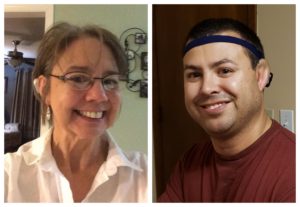
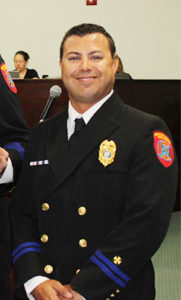
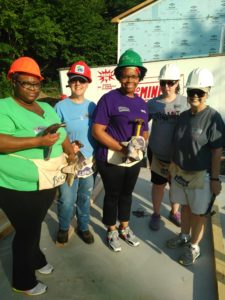
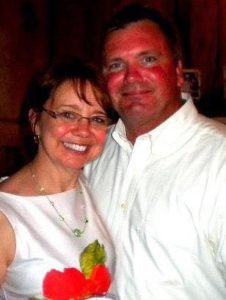
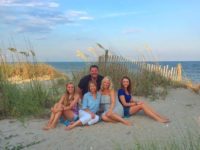
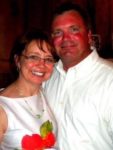

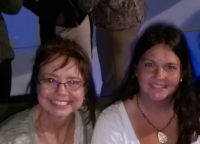
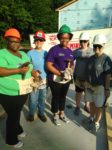
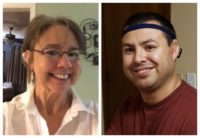
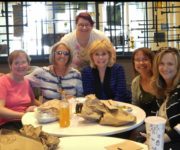
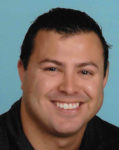

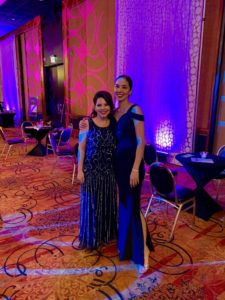
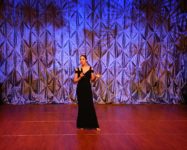
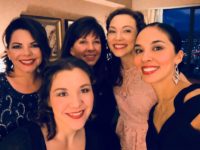
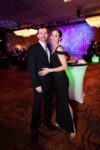
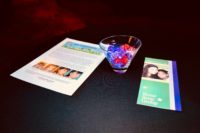
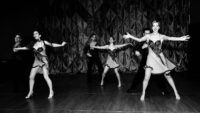
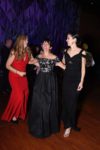
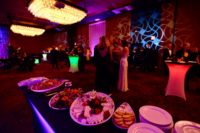
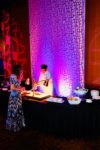
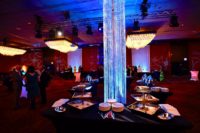
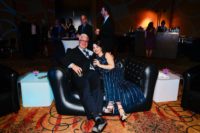

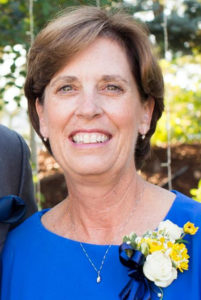
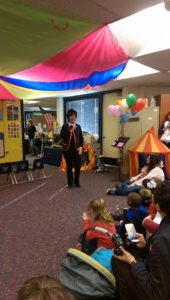
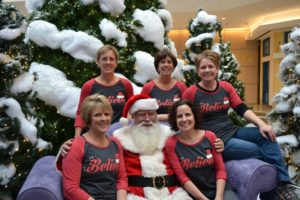
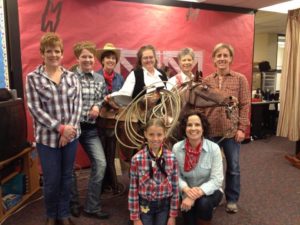
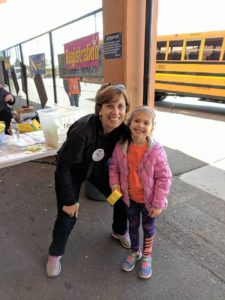
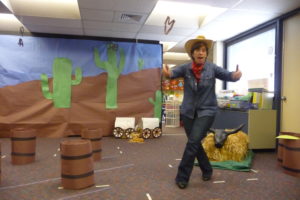
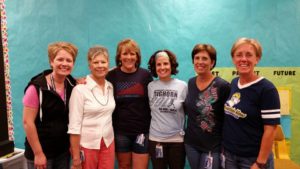
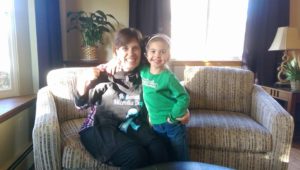
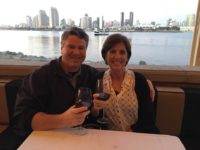
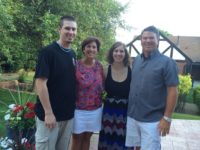
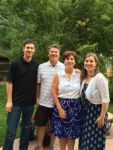

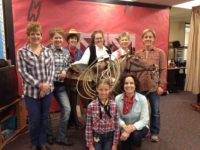
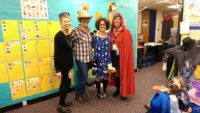
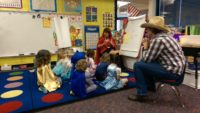

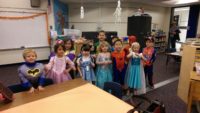


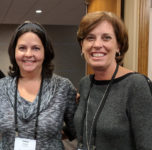
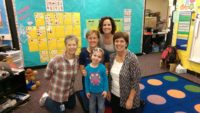
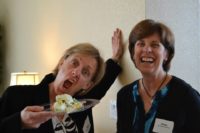
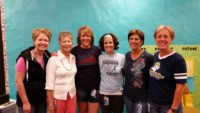

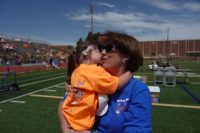
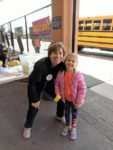
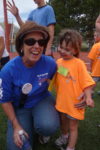
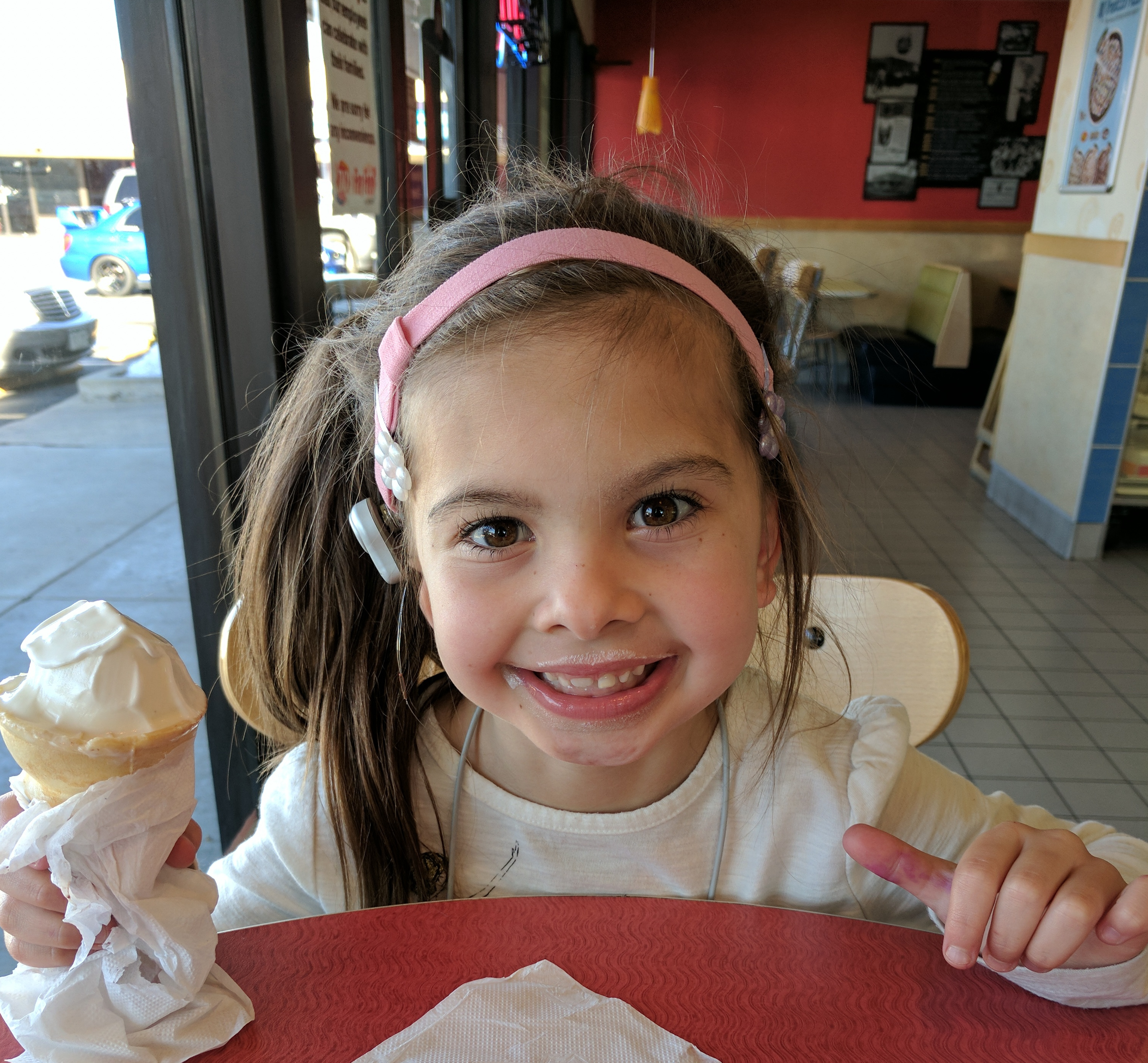
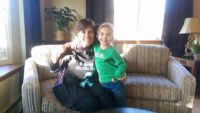
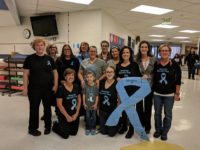
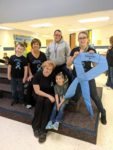

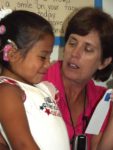
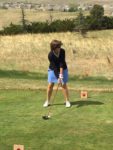
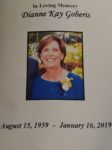
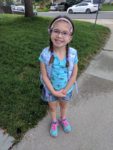
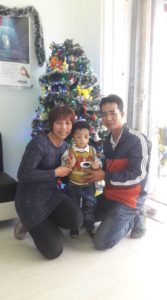
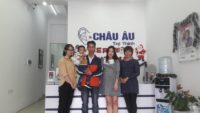

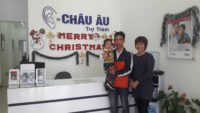


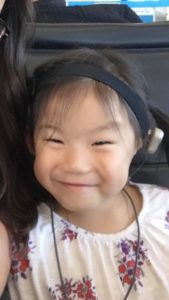
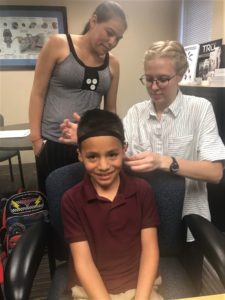


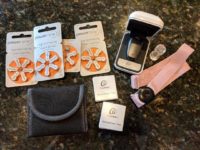
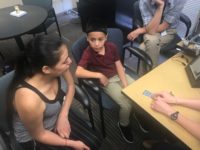
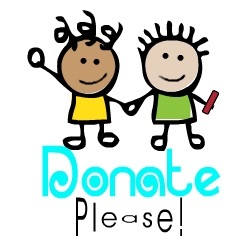
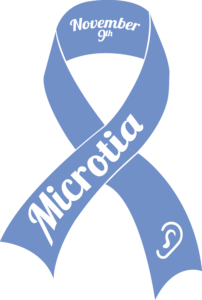
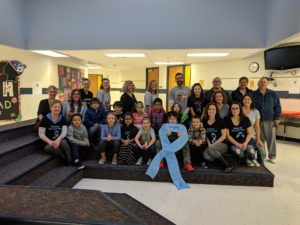
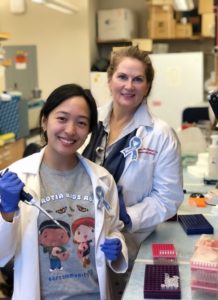
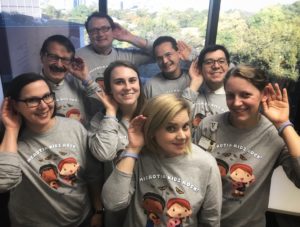
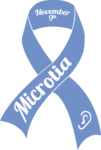
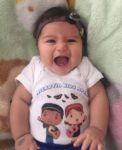
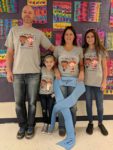
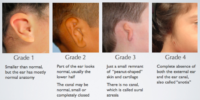

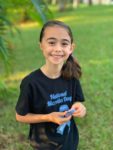
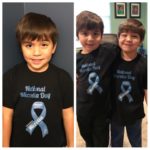
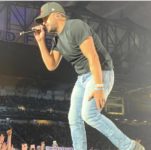
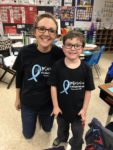
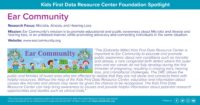
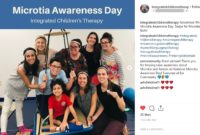
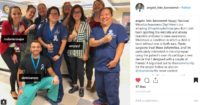
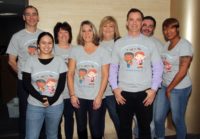
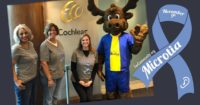
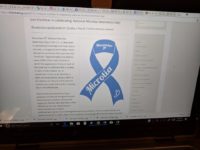

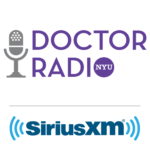
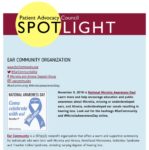
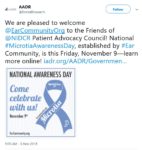

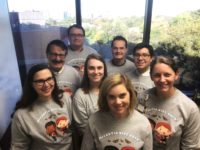
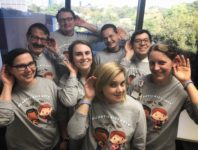

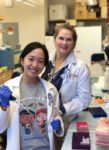
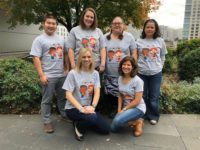
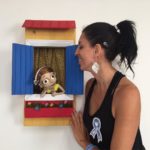
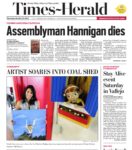
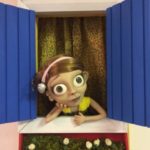

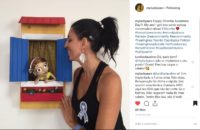
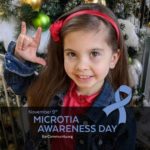
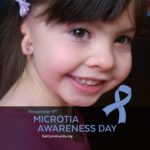
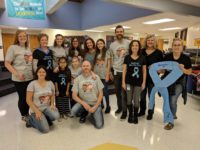
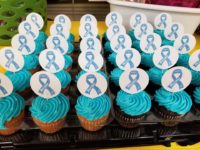


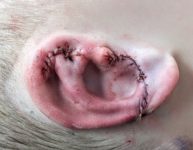
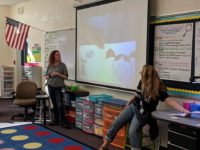
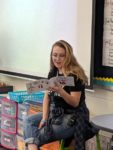
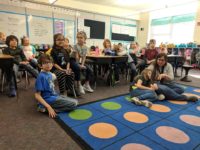

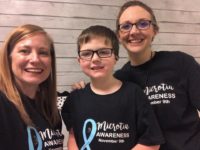
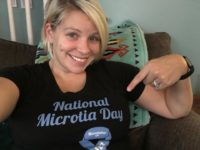

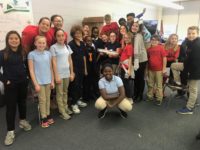
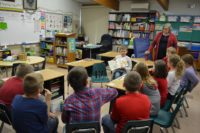
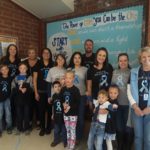

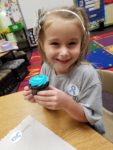
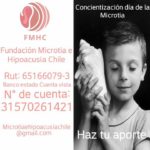

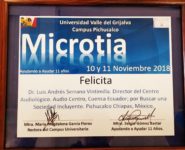
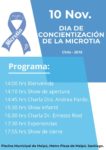
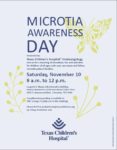
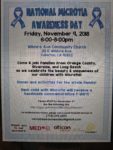
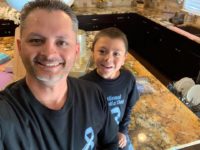
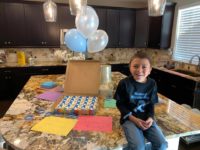
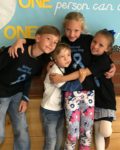
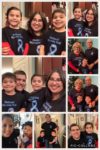
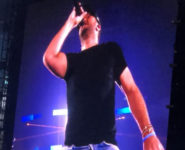
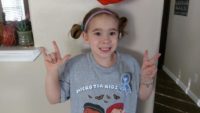
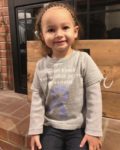
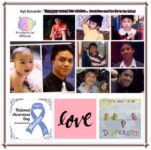

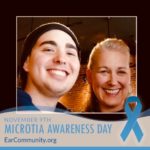
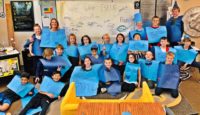
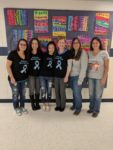

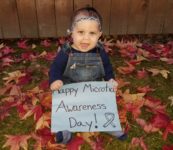
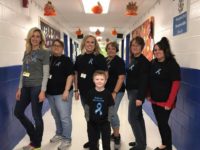

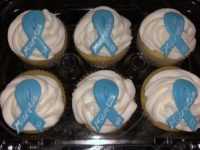
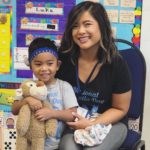
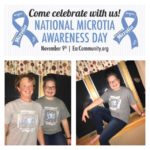
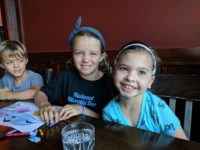
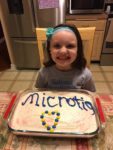
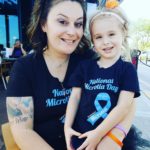
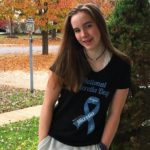
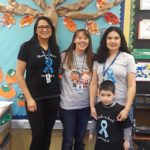
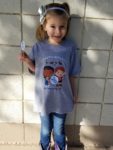
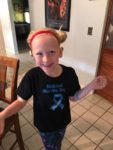
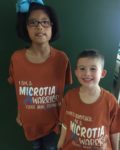
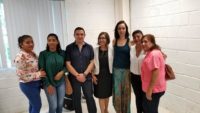
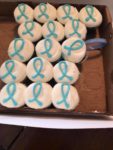
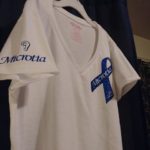
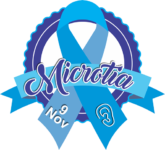
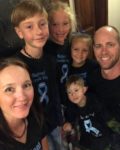
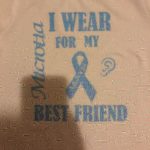

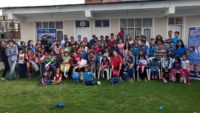
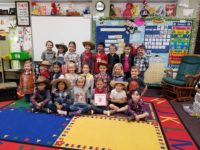
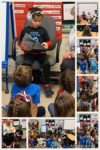
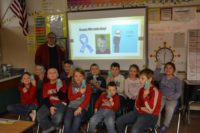
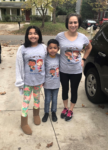
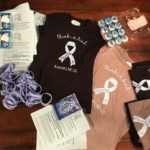
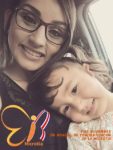

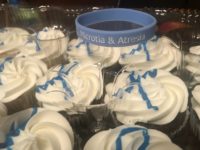
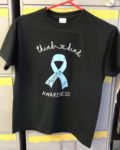
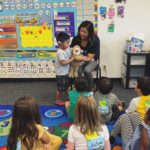
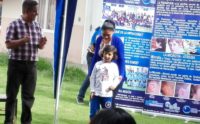
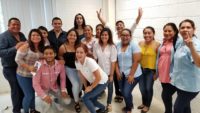


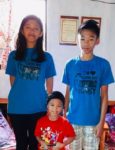

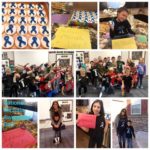

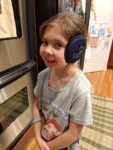
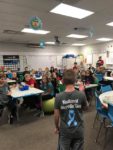
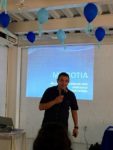
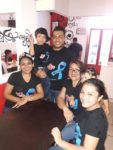
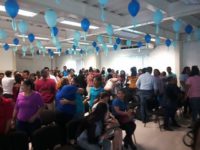
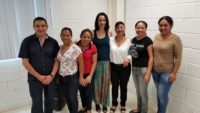
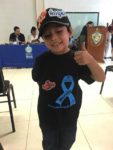
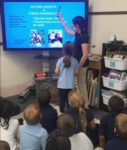
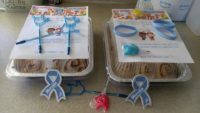
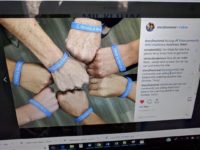



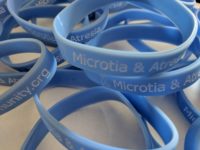
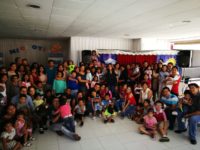
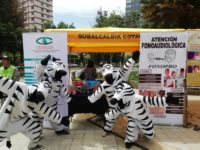

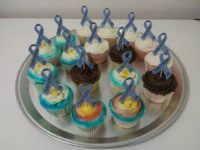
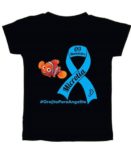
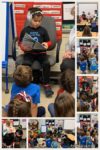
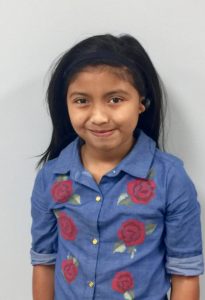
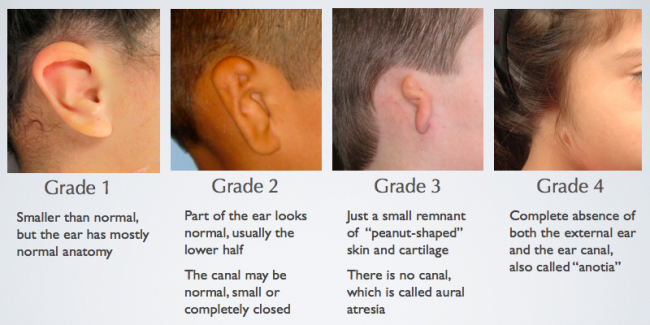



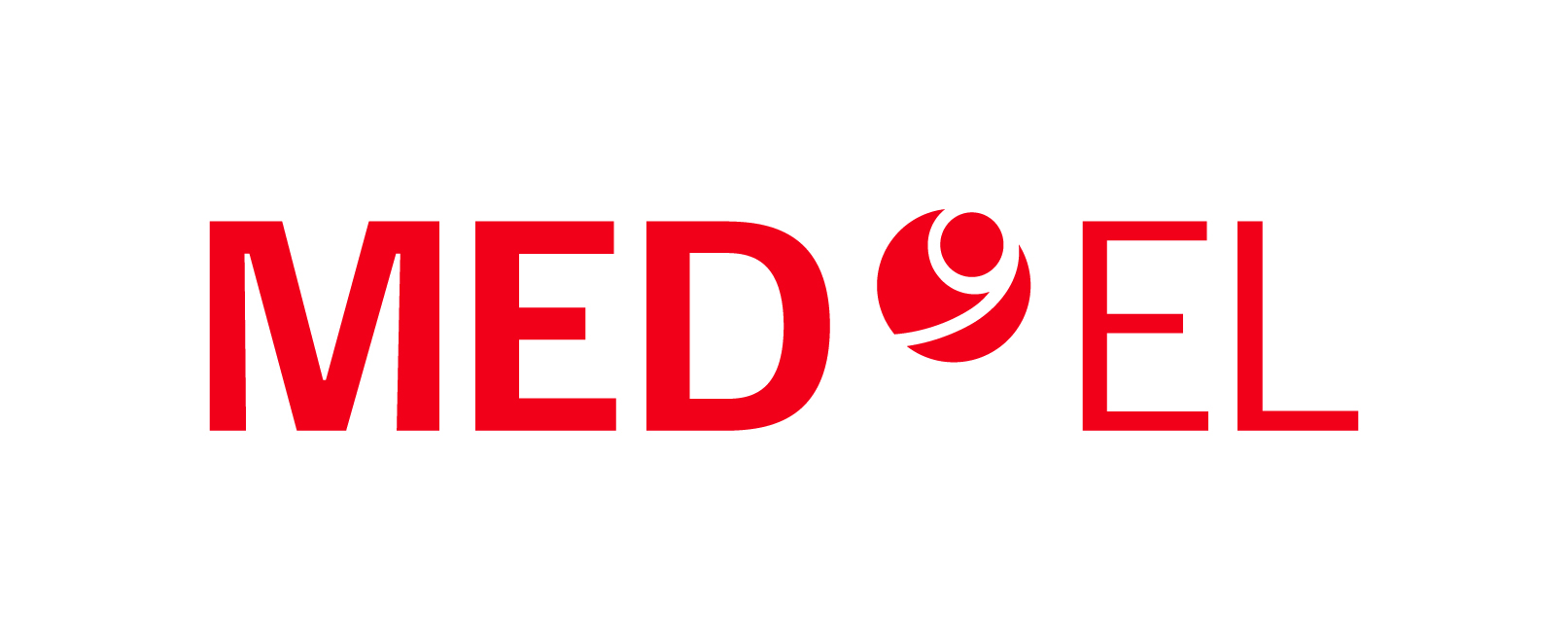

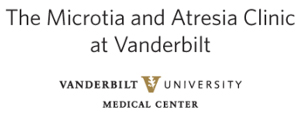
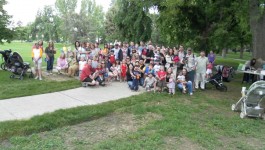
Here is a beautiful story about a professional artist, named Priscila Soares, who creates art that tells the stories about real people who have hearing loss. This year, in recognition of National Microtia Awareness Day, Priscila created an art piece called “Ally is Looking Out for Microtia” – inspired by Ear Community Founder Melissa Tumblin’s daughter, Ally, and to honor children who were born with Microtia and Atresia.
During this Christmas holiday, Priscila’s art piece titled “Ally is Looking Out for Microtia”, was proudly purchased by Oticon Medical to be placed on display in the lobby of Oticon Medical’s US headquarters in New Jersey. Oticon Medical stated “Priscila’s work revolves around acceptance and helping those with hearing loss overcome hardships which is why we are proud to now have “Ally is Looking Out for Microtia” displayed at our U.S. headquarters.” Priscila Soares shared that “Her most powerful way of sharing what she has learned for those starting their journey is through art. She hopes this piece at the Oticon Medical U.S. office will be a reminder and an inspiration to look out for each other, advocate, and not be afraid to be who you truly are.”
The Ear Community Organization is honored to have the “Ally is Looking Out for Microtia” piece on display at Oticon Medical’s Office and is truly grateful to Priscila Soares for her passion and creativity behind this beautiful art piece representing children who have Microtia and Atresia. Thank you, Oticon Medical, for wanting to have this beautiful art piece on display at your US headquarters office. We hope that this piece of art reminds each Oticon Medical employee of all of the children and adults they help hear their very best each day, thanks to Ponto’s hearing device technology. So many children and adults are living a better quality of life thanks to what you do everyday! – Thank you!
Ear Community
www.EarCommunity.org
For the full article, click here.
_____________________________________________________________________________________
Priscila Soares creates works of art that tell the stories of real people behind hearing loss. After losing her hearing on both sides when she was young and advocating for her son, she began creating art that empowers and advocates for the hearing loss community.